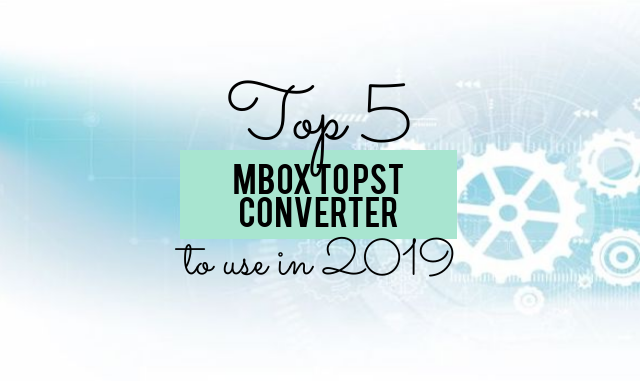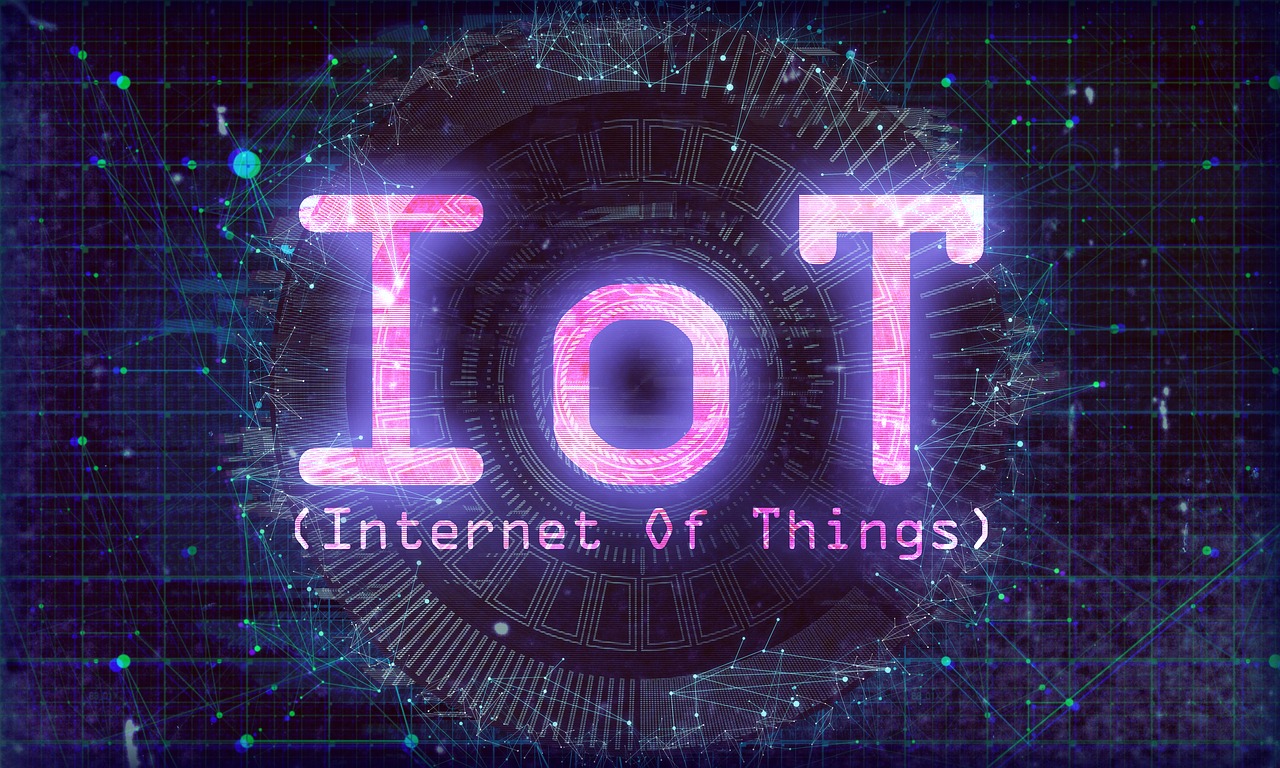What is Web3 Gaming and What are Its Key Features?

Web3 has changed the faces of different industries around the world. One of the most evolved industries based on web3 technology is gaming. The gaming industry has experienced a major shift from traditional to digital web3-based gaming.
Black markets have emerged due to the inefficiencies of centralized servers and traditional games, giving hackers and scammers a platform to operate. They take advantage of the gamers while giving developers and administrators no advantages.
Administrators, thus, do not guarantee the protection of gaming platforms and users from outages and cyberattacks. The centralized server’s inability to protect itself from hackers puts digital gaming at significant risk of loss, scam, and theft.
Web3 gaming provides cutting-edge solutions to the above mentioned issues, including play-to-earn, crypto-secured gaming wallets, metaverse gaming, gaming Decentralized Autonomous Organizations (DAOs) with decentralized gaming ecosystems, and blockchain-based game asset ownership.
Let’s now understand web3 gaming and its unique features through this article.
Table of Contents
What is web3 gaming?
Web3 gaming is a decentralized gaming method in which the whole infrastructure for the game is autonomous and disseminated. It grants full control of gaming assets and discretion over all gaming-related decisions. In a Web3 Game world, all ownership and decision-making functions are decentralized from a single point of control.
Blockchain is incorporated into Web3 Gaming platforms to build them seamlessly. Gamers are empowered by blockchain integration to voice their thoughts on when and how the game should change. By altering the pay-to-play feature for the players, Web3 gaming establishes the Play-to-Earn (P2E) model for them. It offers game rewards like collectibles, transferable game assets, etc.
By linking players and in-game components across platforms, web3 gaming also opens up a wide range of interoperability between various gaming ecosystems. The aspect of cross-chain communication among the different gaming ecosystems varies depending upon the blockchains that have been incorporated into the gaming platforms. For instance, the interoperability aspect is included in Polkadot and Solana in the form of cross-chain communication bridges.
In the next section, let’s look at some of the unique features of Web3 gaming.
What are the features of web3 gaming?
People trade in-game items and collectibles in web3 gaming, which has a value exchange mechanism. On the blockchain, these game items and collectibles are kept in the form of unique NFTs. As a result, it provides the game’s participants with decentralization and self-sovereignty in an open-source setting. Following are some of web3 gaming’s prominent features:
Ownership and interoperability
Players’ self-sovereignty in Web3 gaming is supported by their ownership of in-game items and collectibles in the form of distinguishable NFTs. Players have partial ownership of the in-game assets in centralized gaming. All of their in-game items and collectibles will be lost if they choose to switch gaming platforms. When Web 3.0 is included in game platforms, partial ownership is addressed. It enables the communication between various gaming platforms and facilitates the trade and transfer of cross-chain in-game assets.
Adaptation of classic games
Each game has a unique mechanism, and players favor different games depending on their preferences and gaming prowess. In relation to that, Web3 Gaming features an intriguing feature that enables users’ preferred game models to be upgraded and integrated into blockchain and metaverse platforms. Extending these classic games to the metaverse turns a player’s favorite game into a decentralized game. This assists gamers in trading and creating avatars for their preferred games.
Participant-driven games
The gaming platforms are customized by Web3 Gaming based on player interests. The attribute of play-to-earn profitable gaming based on web3 gaming is advantageous to gamers. Additionally, it allows for the inclusion of classic games that fans desire to play on a decentralized open network. As a result, it gives players complete self-sovereignty, which gives them authority over the entire gaming platform.
Minimal downtime
Web3 gaming ecosystems run independently with little downtime and no expense for maintenance. Rapid block minting and an increased storage capacity make it highly expandable.
Closing note
Through user installation, user engagement, user retention, and user income creation, web3 gaming puts a strong emphasis on the players. It enhances all of the key gaming KPIs by offering cross-chain gaming sessions, real-time player involvement, SDKs, gaming wallets, APIs, smart contracts etc.
Hence, Web3 gaming converts the games industry into a successful open-source gaming sector globally.





